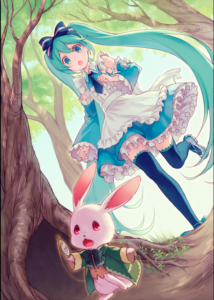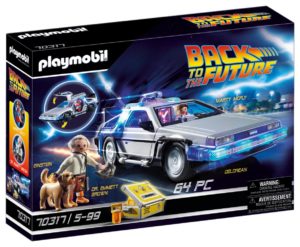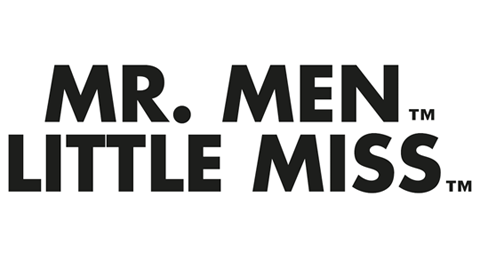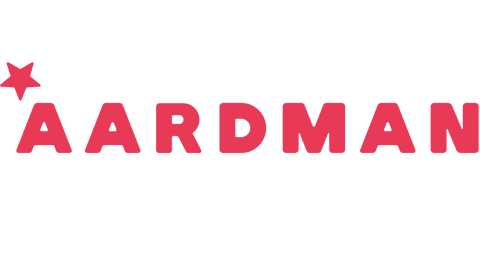This week witnessed some pretty major new developments for the kids’, parents, and family market intelligence outfit, The Insights People, which not only revealed its re-branding to The Insights Family, but also welcomed its new chairman – in the form of Simon White – and unveiled its ‘game-changing’ new client tool and platform, the Portal 4.0.
In line with the sweeping changes across the children’s and parents’ media and entertainment landscape, The Insights Family’s new platform now holds proprietary data collected from surveying over half a million children and parents across 17 countries every year, providing over 600 million data points for its customers to view, filter, and analyse. By anyone’s standards, that’s a lot of data.
Here, Licensing.biz catches up with Nick Richardson, founder and CEO of The Insights Family to explore the trails being blazed and the paths being carved by a Manchester start-up that over the course of the last four years, has made its international presence well and truly felt.
To kick us off, Nick, can you give us a bit of background on yourself and how The Insights Family came to be?
I grew up in Manchester and graduated Manchester Metropolitan University with a degree in Marketing Management. As part of that degree, I had a placement with Mattel Toys – where I worked on the Hot Wheels, Matchbox and Tyco brands.
After graduating, I worked in senior marketing and commercial roles for brands and agencies such as ExxonMobil, Momentum Worldwide (part of IPG group), Just Marketing (now CSM Sport & Entertainment), Hilton Hotels, Leukaemia & Lymphoma Research, and PennWell (now Clarion Events).
As a marketer, I have always been naturally curious and creative – and have worked closely with data. I have had several roles where I was responsible for auditing existing research, developing research, and using this information to redevelop commercial strategies.
After 10 years of living in and around London, I decided to move back to Manchester. When I returned to the city, I enrolled on an Executive MBA course. During this course I started to see an opportunity to develop a disruptive and highly innovative research business which could be scalable, so I started to look at which industries were lacking data and insights.
During a catch-up meeting with SuperAwesome’s Matt Lester, who I had worked with while leading Hilton Hotels F1 sponsorship, it became very apparent that kids’ lives were unrecognisable from when I worked at Mattel in 2002/2003.
However, the ways in which companies were approaching their marketing had not really changed. Companies who operated in this space needed help and support to understand what was going on, what it meant, and ultimately some clarity and confidence to make decisions to evolve their previously tried and tested approach.
That was the challenge, so we made it our mission to do that, a mission which still burns hard in everyone who works for us.
You guys haven’t seemed to stop this past year, with international growth at a phenomenal rate. What has the thinking been behind the growth you guys have seen? What’s driven the growth? Does having operations around the world mean you’re set up with holidays for life?
Since our launch in 2017 and as the business developed, it soon became apparent that a lack of data on the kids and parents’ ecosystem was not isolated just to the UK – but there was a need on a global basis that nobody was fulfilling. Therefore, we set our vision to be the global leaders, and made it our business to achieve that.
While we are now operating in 17 countries, our international team of researchers and developers are driving these developments from our Manchester HQ. The growth has been quicker than I could have ever imagined, which is down to so many factors from our initial investor, some lucky breaks, but most importantly it is down to the culture we have created, and the incredible efforts and collaboration from all our team.
Once we and other countries come out of Covid-19 restrictions, I cannot wait to see our team and get to travel more, no doubt with a few extra days rolled on for the odd holiday.

Speaking of developments, there latest major development from you guys is the Portal 4.0, a new platform for clients, destined to ‘change the way it all works for them’. This sounds exciting. Can you tell us about this one?
Firstly, everything which made Portal 1.0, 2.0 and 3.0 so special remain. The ease of use, real-time data, and the ability to view, filter, interrogate, and analyse the data intuitively remain.
However, with all the feedback we have captured, we have not only made hundreds of small but significant improvements and enhancements, but we have also now integrated all the cutting-edge innovations which we have been working on in the background.
First and foremost, the portal holds all our propriety data, collected from surveying over half a million kids and parents across 17 countries every year. It provides over 600 million data points to view, filter, interrogate, and analyse.
In addition to that, it houses all the tools we have been developing, such as our Media Mix Compass – which is a media planning tool that enables clients to compare 11 different categories of media, based on their reach, preference, and time spent.
The platform also includes clustering tool Persona Perspectives™. Powered by cutting edge Machine Learning and utilising the latest theory from the world of psychology, clustering will unlock previously unseen insights into an audience and fanbase. This tool was developed with a team of academics at Manchester Metropolitan University.
We have also added contextual data for every country which we operate in, providing socioeconomic and demographic data and insights for additional context. There are new API feeds from the likes of Instagram, TikTok, Twitch, and YouTube.
A new section of the portal has also been created to house all our clients’ bespoke research projects – enabling them to utilize all the functionality of the portal as well as our persona technology.
So, in summary we have not only moved the goalposts, but we have completely rebuilt them. But don’t just take my word, I would encourage people to go and have a look and let us know your feedback.
How will this new platform position you guys in the UK and on the international stage? How will it work to help position clients on the international stage?
Despite 2020 being a challenging year, we managed to grow substantially and lay the foundations for this year – which we believe will see us essentially double in size every six to eight months.
Our new identity and portal will also provide the foundations for this. As I mentioned, there are so many significant new developments in the new portal – with our team of researchers, data scientists, and developers working with academics, and collaborating with our clients from around the world to bring in a suite of solutions.
This will see us transition from not “just” being a research company, but to a business-critical partner to clients who can use the tools such as our Media Mix Compass™ to actively shape their strategies.
One of the core approaches to our research which makes us standout from anyone else, is that we are independent, and the kids, parents, and families surveyed are age, gender, and nationally represented and not recruited through our own platforms. This means the data is not biased, has no agenda, and can be analysed on a global, regional, national, or local basis – something which I believe will be critical as we transition from globalisation to localisation.
Why is it important that clients are armed in this way with the ability to spot and react to opportunities in the ever evolving kids’ and family market?
It is my belief that research, and data is now a critical part of all our jobs. If you work in advertising, content, licensing, marketing, product development, or sales it is an essential tool to provide understanding, test our convictions and ultimately measure our results.
However, there are still large amounts of market research and data which are not accessible, and worse than that – quite intimidating. And whilst we can call default to doing a bit of desk research or talking to our own kids, if we are honest with our selves – that doesn’t really stack up. That is why we have set it to be our mission to become the world’s top brands business-critical partner. Portal 4.0 is so accessible that even my mum can use it!
Our unique approach to surveying kids, parents, and families on a continual basis enables us to identify trends as they are forming. Likewise, if we take the effects of Covid – it provides our clients with an unrivalled view of what their attitudes, behaviour, and consumption were before Covid-19, how they have evolved during the pandemic and lockdowns and ultimately what they will become after.
As far as I am aware, we are the only company in the world to have this information. We know from our industry report that only six per cent of organisations that operate in the kids, parents, and family space believe that they have a sufficient understanding of them.
Our Trend Alert™ Reports and real-time data also saw us spot the rising popularity of trends such as Fortnite and TikTok months before they exploded in popularity in the kid’s ecosystem.
However, one of the most important trends we have tracked is this generation of kids have more influence than ever before. For example, our data in the UK shows a 15 per cent increase in influence that tweens have from Q1 2020 to Q1 2021 in terms of grocery items purchases, as kids are increasingly concerned with our effect on the environment and becoming healthier.
It is therefore more important than ever to reach and engage these young stakeholders and every brand must now become a family brand.
What do you think are some of the biggest challenges to have swept the children’s and family space in recent years? What sort of picture of the future does this all paint, and how are you helping businesses ready themselves for that future landscape?
There are so many challenges. I look back to my days at Mattel – and cannot believe how much the landscape has transformed. If we are all honest, it has probably taken the best part of a decade for the industry to recognise this, and the scale of the change.
I would like to think that we have helped the industry and individuals to not only recognise the changes, but also understand the implications and be best positioned to transform their approach across their business.
As for the biggest challenge – my view would be the impact of digital, this impacts all aspects of an organisation and business. It has transformed everything, from advertising and media to the need to be a content curator and syndicator. Plus, the arrival of new digital centric IP.
It has been challenging, but it is also extremely exciting as there are significant opportunities that come from this – and that is why we do what we do, to mitigate the risks and accelerate the opportunities.
For you, what is the most exciting part of working in the children’s and family space? To what extent is this a market that leads change across the consumer landscape, and how does it shape future trends?
As Nelson Mandela once said “children are our greatest treasure. They are our future”. Being a proud father of my daughter, I am so proud that we as a business provide children, parents, and families with a voice to shape their worlds. And of course, with the speed of technology evolution it is incredible to witness the impact of this on their and their parents’ attitudes, behaviour, and consumption – and how brands need to evolve their thinking to remain relevant.
To get freemium access to our award-winning real-time portal, please visit:
https://try.theinsightsfamily.com/toynews




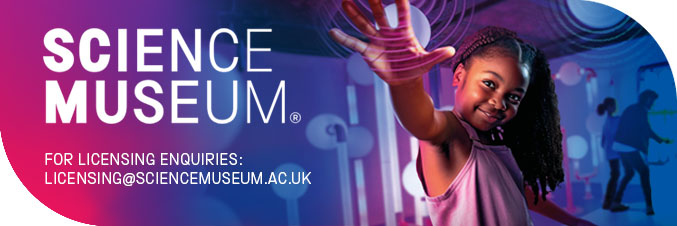
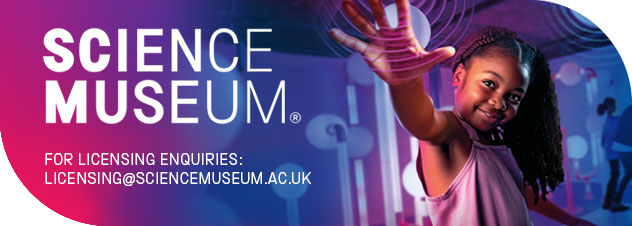








 In terms of new product launches, the LEGO Super Mario set from 2020, which uniquely blends physical bricks with online games, has been one of LEGO’s most successful theme launches. The product line featured an interactive LEGO Mario figure that collects coins in real life game levels created with LEGO bricks. The figure has LCD screens in its eyes, mouth and belly to display a wide range of instant reactions to movement, colour and action bricks.
In terms of new product launches, the LEGO Super Mario set from 2020, which uniquely blends physical bricks with online games, has been one of LEGO’s most successful theme launches. The product line featured an interactive LEGO Mario figure that collects coins in real life game levels created with LEGO bricks. The figure has LCD screens in its eyes, mouth and belly to display a wide range of instant reactions to movement, colour and action bricks.



